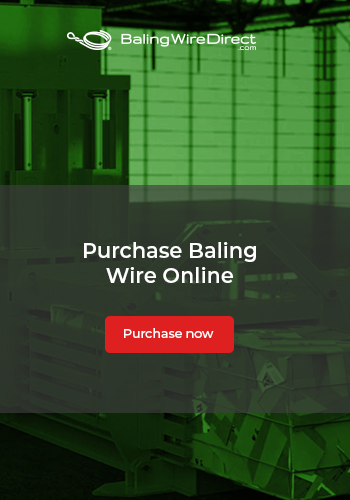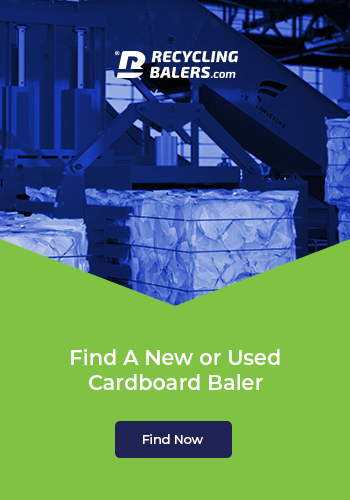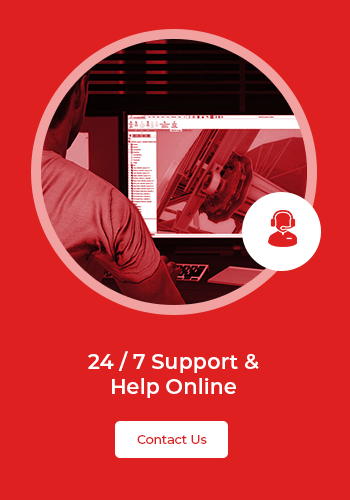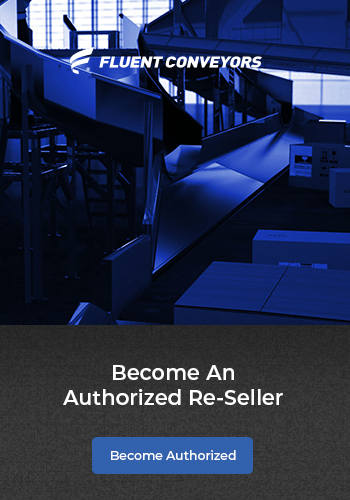The Ultimate Guide On Conveyor Belts: What Do You Need
So, you’re setting up a manufacturing or production business, and you’ve identified the need for a conveyor belt, or conveyor belts, within your facility. That’s great: you’ve come to the right place. However, before making plans to purchase or rent your equipment, it’s important that you fully understand how conveyor belts work, how much space they’ll require in your facility, and how they’ll be installed. As such, this is your short but comprehensive guide to conveyor belts, helping you understand what you need to invest in one for your facility.
Space
The good news is that conveyor belts can be tailored to the specific space that you have at your disposal. If you’re in a smaller warehouse with short journeys for your materials to make from station to station, you’ll need shorter conveyor belts. However, there is still a minimum amount of space required by conveyor belts, and this is something to bear in mind when purchasing or renting them. Consider, especially, the width that conveyor belts require – and their height off the ground. The three-dimensional space that they take up in your warehouse should be mapped before you decide to make your purchase.
Link-Ups
Your conveyor belts are there to shuttle materials around your facility with ease. Whether you’re setting up conveyors for an airport, a production line, or a postal service, you need to know where they’re going to be going, what they’ll be linking up, and what their carry capacity is once they’re switched on. Our knowledgeable representatives can help you compute what our belts are capable of, which will give you a good idea of your maximal, optimal output once your conveyor belts are installed.
Capital
Your conveyor belts are one of the most important parts of your facility – regarded as priceless by many professionals in the production and manufacturing space. The costs that they save you – in human labor – over time are astronomical. That said, in the short term, conveyor belts are an expensive one-off investment. That’s why we offer rental on our conveyors, as well as purchasing options. This means that you won’t have to pay the full fee for installing your conveyor belt, giving you some wiggle room with regards to your capital investments over the medium term. Our clients often choose to purchase our conveyor belts at a late date, once their facilities are fully operational – giving much-needed flexibility.
Maintenance
Conveyor belts are built to go the distance, but they’re not completely infallible. Sometimes they’ll experience breaks and malfunctions – and in those situations, in a high-performing business, you need someone to make repairs as quickly as possible. This is where maintenance teams step in to save you from a period of non-productivity. Our team of specialists is at hand to provide this service as a call-out option. However, when we install your conveyor belt, we’re also able to show you and your mechanics how to operate, disassemble, and maintain your conveyor belt in the event of a malfunction.
These four tips are the key considerations you should make before investing in a conveyor belt for your company this year.



